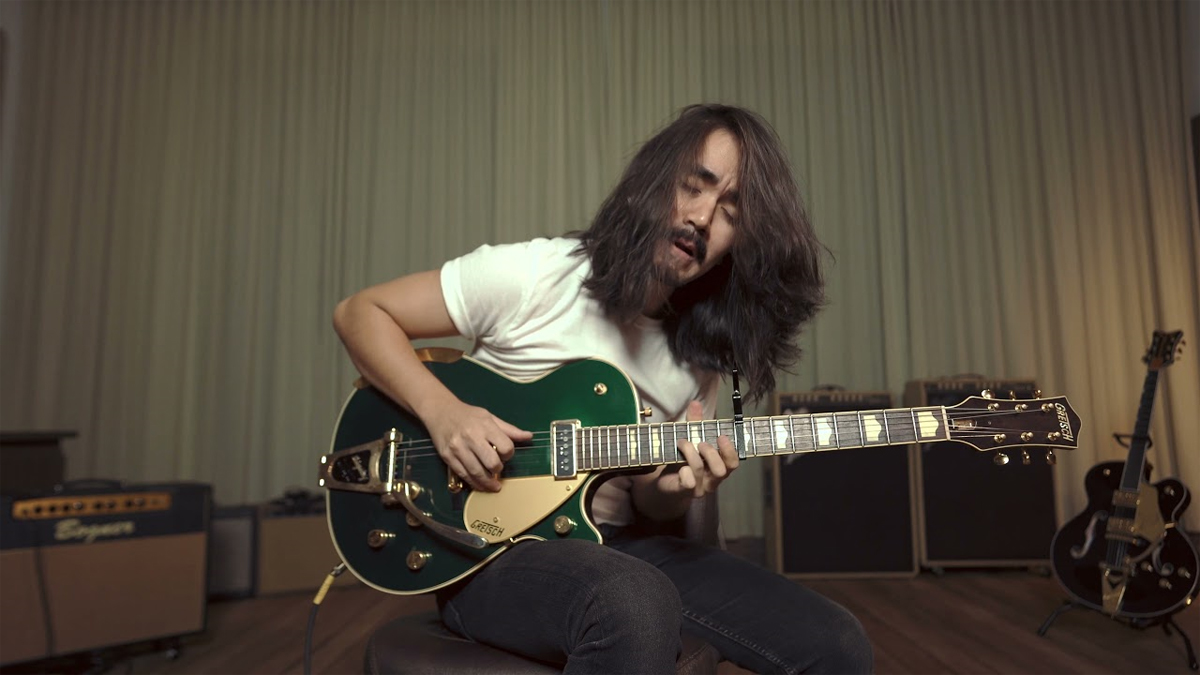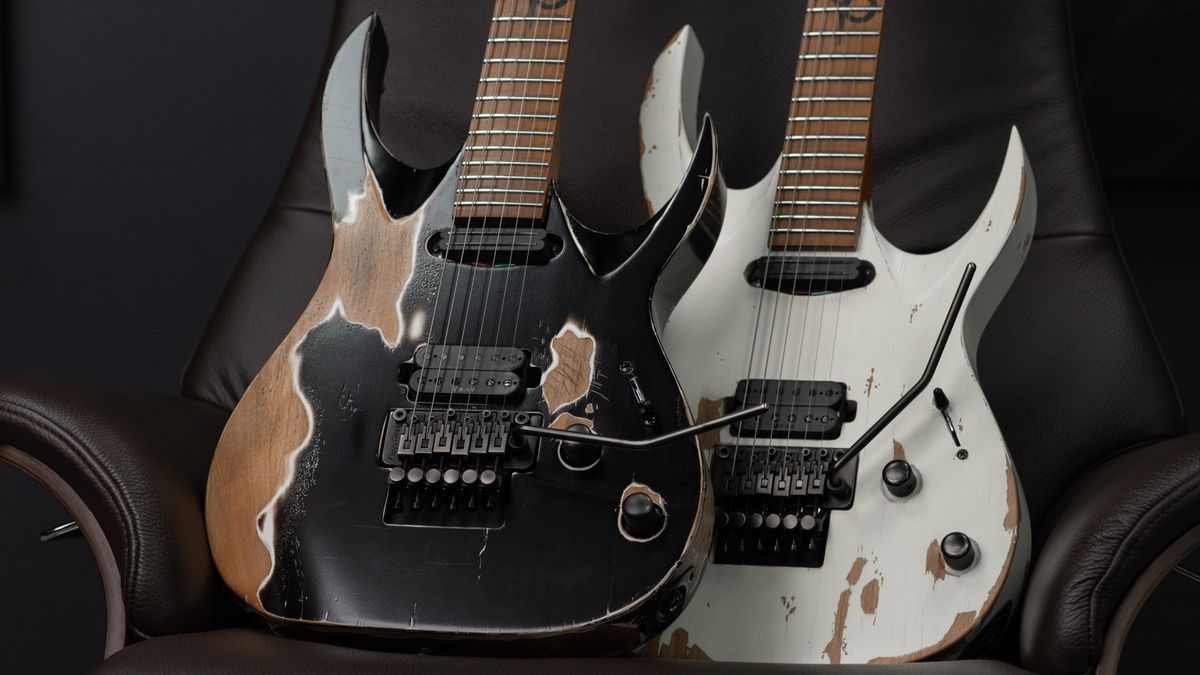Capture Mateus Asato's rhythm and lead techniques with this in-depth lesson
Lyrical, emotive, with lithe phrasing and a neo-soul sensibility, there is much to learn from Asato’s command of technique and feel

At the age of 27, Mateus Asato has already played with top artists such as Tori Kelly, Jessie J and Bruno Mars. On top of that he has not one, but two signature guitars from Suhr and a few other custom products bearing his name. Hailing form Brazil, Asato attended the famed Musicians Institute in Los Angeles in 2013 before finding fame with the help of his content on Instagram and YouTube.
Asato’s guitar playing is incredibly lyrical and melodic, resulting in a vocal-like sound to his phrasing. Combined with great technique and a mastery of the guitar, Asato executes rapid-fire lines that complement his style and add a real sense of excitement.
His picking combines both alternate and economy styles alongside hybrid and traditional fingerstyle technique for a softer timbre and smoother dynamic. It’s this incredible command over the instrument and his natural sense of musicality that has led to him playing with some of the music industry’s biggest stars.
Asato’s early influences were the great shredders such as Steve Vai and John Petrucci. However, it was when he discovered John Mayer and Jimi Hendrix, and fingerpickers such as Andy McKee, that Mateus started to find his own voice on the guitar. His influences and own musical ability have helped him forge a guitar style that’s lyrical and emotive, but also fused with lightning fast runs and tasty vibrato.
Mateus Asato’s guitar tone is also beautiful. He varies the drive depending on the situation, but never goes overboard. Even when playing clean he adds a touch of gain for extra sustain. A touch of reverb and delay provide a sense of space and depth.
For this month’s piece I have used light overdrive, which goes from fairly clean to a mild crunch depending on the pick attack. A short delay and some reverb complements this sound beautifully. A lot of the time, Asato uses a neck single-coil which gives him an element of warmth without being too muddy, so I adopted the same approach.
In the examples and study piece, I have included many facets of Asato’s style, such as single-string melodies and slides, diatonic 6ths and 10ths, double-stops and speedy Pentatonic runs. So why not add a little bit of Masato’s energy and beauty to your playing? I have left off any vibrato markings so as to encourage you to find your own voice by experimenting with different approaches and feels.
All the latest guitar news, interviews, lessons, reviews, deals and more, direct to your inbox!
Get the tone
Amp settings: Gain 3, Bass, 4, Middle 6, Treble 7, Reverb 6
A neck single-coil pickup with a bit of light overdrive for sustain will be a good place to start, along with some reverb and delay. Using your guitar’s volume control to back off the gain can be a very useful tool especially if, like Asato, you don’t like your rhythm tone to be 100 per cent clean; this means you can use the positions on your volume pot to cover all bases.
Examples
Study Piece
Simon is a graduate of the UK's Academy of Contemporary Music and The Guitar Institute, and holds a Masters degree in music. He teaches, examines and plays everything from rock to jazz.

